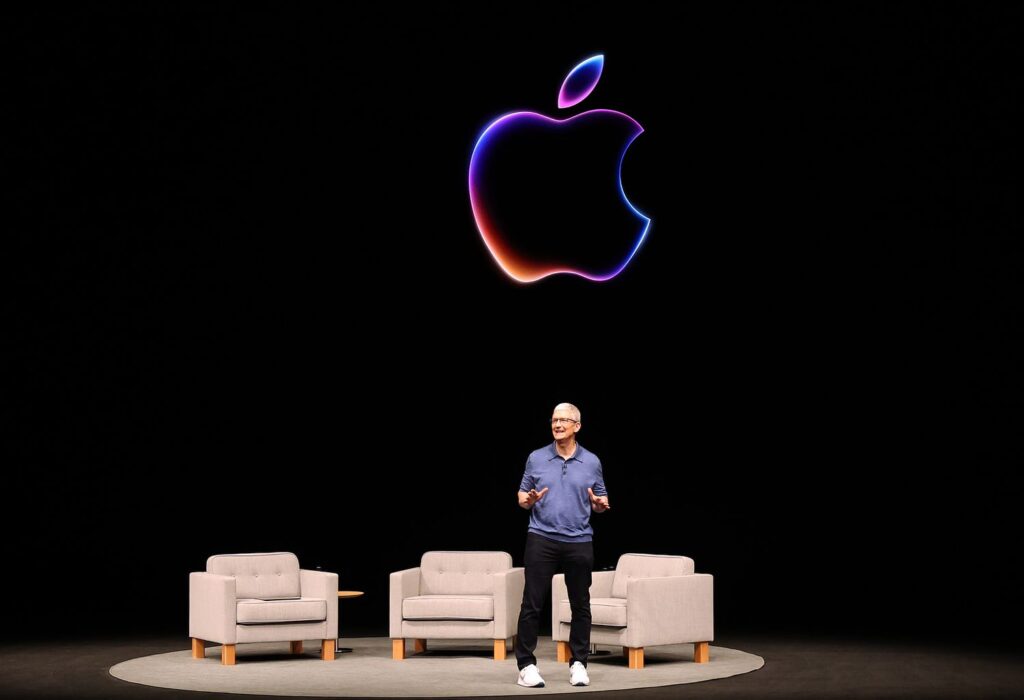Apple’s silicon strategy has always been a source of fascination and speculation for tech enthusiasts. Recent moves, however, have raised more than a few eyebrows. While the industry largely expected Apple to swiftly move on from its first-generation 3nm process, the A17 Pro chip, it appears this powerful processor is finding a new home in the upcoming entry-level iPad. This unexpected decision offers a fascinating glimpse into Apple’s current approach to chip utilization and its implications for the future of its product lines.
For a while, the narrative surrounding the A17 Pro and the N3B process, the first generation 3nm manufacturing technology it utilized, was one of struggle. Reports suggested that the process was proving costly, yielding fewer chips than anticipated, and offering less of a performance leap compared to previous generations than Apple had hoped. This led many to believe that Apple would be eager to abandon this process as quickly as possible. This belief was seemingly reinforced by the rapid introduction of the M4 chip in the iPad Pro just months after the M3 debuted in Macs.
Apple’s history of using older-generation chips in its lower-end iPhones further fueled this assumption. The iPhone 14, for example, retained the A15 Bionic chip from the iPhone 13, while the Pro models received the newer A16. However, this pattern was disrupted with the iPhone 16 lineup, where all models featured the A18 chip, bypassing the A17 altogether. This seemed to be the final nail in the coffin for the A17 and the N3B process.
Then came the surprise: the 7th generation iPad mini. This compact tablet, boasting Apple Intelligence capabilities, was powered by the A17 Pro, the very chip many expected to be phased out. While this move seemed justifiable for a lower-volume product like the iPad mini, it still raised questions about Apple’s long-term plans.
Now, according to reliable sources, Apple is set to double down on the A17 Pro by incorporating it into the next generation of its standard 11-inch iPad. This decision is significant for several reasons. Firstly, it indicates that Apple is finding ways to effectively utilize the A17 Pro, potentially through binning – a process of selecting chips that meet specific performance criteria, even if they don’t achieve the highest possible clock speeds or core counts. This would allow Apple to maximize the value of its existing A17 Pro inventory.
Secondly, the inclusion of the A17 Pro in the entry-level iPad underscores Apple’s commitment to bringing Apple Intelligence features to a wider audience. The A17 Pro’s processing power is crucial for enabling these advanced AI functionalities, suggesting that Apple views them as a key differentiator for its devices moving forward. Reports also suggest a memory upgrade to 8GB for the new iPads, the minimum required for optimal Apple Intelligence performance.
This move also challenges the conventional wisdom of reserving the latest and greatest chips for premium devices. By equipping the entry-level iPad with a powerful processor like the A17 Pro, Apple is blurring the lines between its product tiers and offering users a more compelling experience at a lower price point.
Apple will likely use a binned version of the A17 Pro in the iPad 11, similar to the 5-core GPU configuration seen in the iPad mini 7. This allows them to effectively manage chip production and allocate resources appropriately.
As always, rumors suggest that Apple is planning to unveil this new iPad model in the spring, potentially alongside new iPad Airs, a new iPhone SE, and updated Magic Keyboards. The continued presence of the A17 Pro, however, adds a fascinating new layer to the narrative, showcasing Apple’s evolving approach to chip strategy and product development. It seems that even when we think we have Apple figured out, they still have a few surprises up their sleeve.
